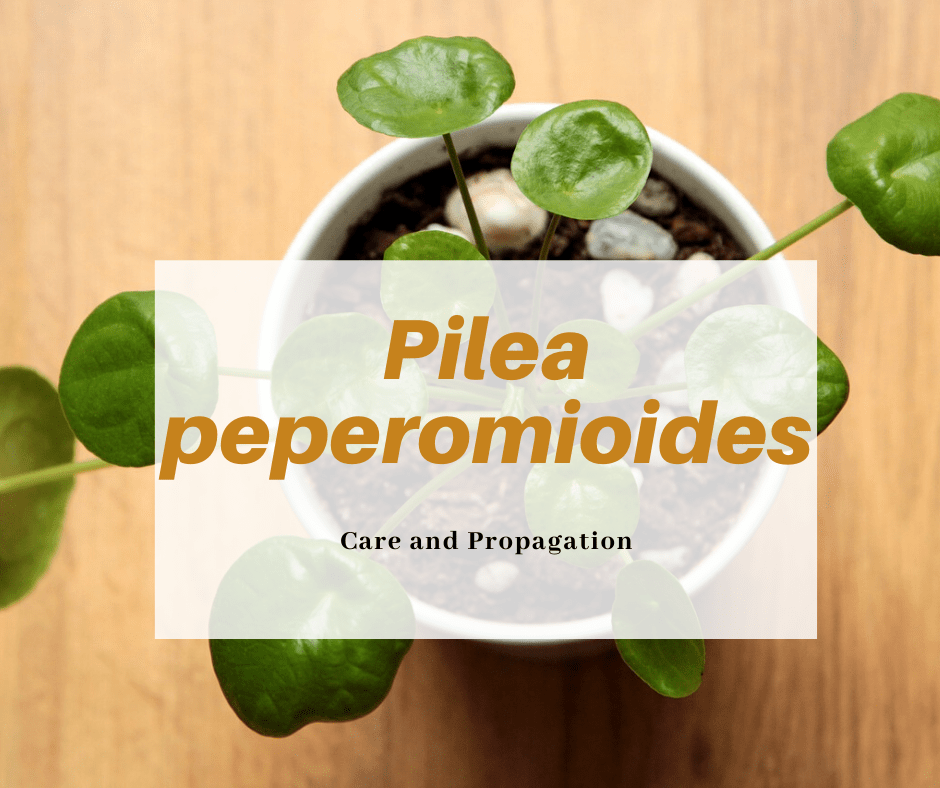This post may contain affiliate links. As an Amazon Associate we earn from qualifying purchases.
An age-old question: How to get rid of spider mites?
I belong to a number of houseplant groups on Facebook. Yesterday someone posted a photo of what has got to be the worst spider mite infestation I’ve ever seen. It was truly frightening – the webbing so thick the plant was unidentifiable.
Naturally, people wondered how she had let it go for so long. All she wanted to know was how to save what, obviously, is a plant that needs to be trashed.
The worst part of the entire thread was the advice that people were giving this poor lady. I honestly don’t know where they come up with this stuff.
Then when someone points out that what they’re advising is dangerous, won’t work or a myth, they’re met with claims that “Well, it works for me.”
Sigh.
You know those blogs that make you wade through all kinds of garbage before finally getting to the point promised in the title? We aren’t one of them.
If you want to know more about spider mites in general, scroll down. Right now, though, we’re going to figure out how to get rid of the nasty little critters.
Commercial solutions to control spider mites
I always opt for the commercial products rather than the DIY. These products have been scientifically formulated to kill pests while protecting the plant. Why take chances with a DIY solution?
My favorite remedy for spider mite infestations is Bonide’s Mite-X. Second to that is an oil-based solution, such as horticultural or dormant oil. The solution I find least effective is insecticidal soap spray.
TIP: Use caution when using any of the oil-based solutions. Keep the plant out of direct sun or away from intense lighting and never apply the oil when temperatures exceed 80 degrees Fahrenheit.
Then, there are the predatory mites that feed on spider mites. Once the food source is exhausted, however, they move on in search of more. Combine that with the fact that they are pricey and we don’t recommend them for indoor, one-off houseplant use.
If you’re interested in this approach, however, look for the Phytoseiulus persimilis species of mite. You’ll find these at Amazon.com.
DIY solutions to get rid of spider mites
Mix 3 tablespoons of soap – not dishwashing liquid – pure soap, with a gallon of water. We like Quinn’s Pure Castile Organic Soap.
As long as it is soap, and not detergent, you’re on the right track (Dawn is a detergent, by the way).
Yes, you can adjust the recipe for a smaller quantity:
- 1.5 tbsp. soap in ½ gallon of water
Spray it on the plant, ensuring full coverage of all the infested parts. The solution must make contact with the mites or it won’t work.
Wait a couple of hours and then wash the soap solution off the plant. If it’s small, stick it in the sink to wash it, otherwise use the bathtub or take it outdoors and hose it off. Cover the soil with plastic if you’re concerned about excessive moisture.
Depending on the size of the infestation and the volume of eggs, you may need to reapply in three-day intervals until all of the eggs have hatched and the infestation is gone.
Prevention is the best cure for a spider mite infestation
Spider mites love dusty conditions and plants that are moisture stressed. Your first line of defense, then, is to ensure that your houseplant foliage remains dust-free and that you pay attention to each plant’s watering needs.
A quick trip to the shower will rid the leaves of dust, but since spider mites typically take up residence on the undersides of leaves, ensure that you direct water there as well.
The best way to dust the foliage is with a damp sponge or cloth and, leaf by leaf, wipe them down.
Additional steps you can take to avoid spider mites and other pests include:
- Inspect that new plant carefully before you leave the nursery. Check the undersides of leaves, the leaf axils and the soil for signs of pests.
- Give new plants a 15- to 30-day isolation period, away from your other houseplants. This gives eggs a chance to hatch and populations to build to a noticeable level.
- When working with your plants (such as repotting), wash your hands before moving from one to another.
- Always repot into sterilized soil.
So, what are spider mites?
Spider mites are arachnids, like spiders, hence their nickname. The most common you’ll find on your houseplant is the two-spotted spider mite. Since the pests are so tiny, however, it would be challenging to count the spots using the naked eye.
Spider mite mouths are equipped with a needle-like structure that is used to pierce the foliage. Then they suck the juices from it.
Feeding damage is evidenced by the stippling of leaves (see the image, above) and/or a bronzed or yellow discoloration. It looks very much like drought stress, however.
Spider mite webbing is the best way to identify that it’s the mite and not some other pest or cultural condition bothering your houseplant.
For additional verification, shake the leaf or a branch over a white sheet of paper. If there are mites present, they’ll drop onto the paper where you can see them.





